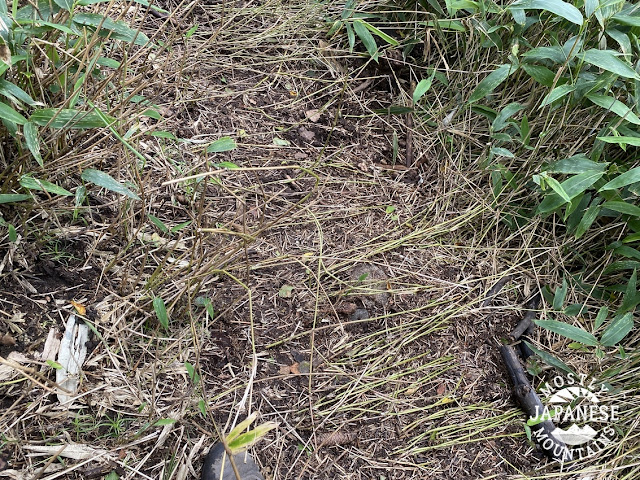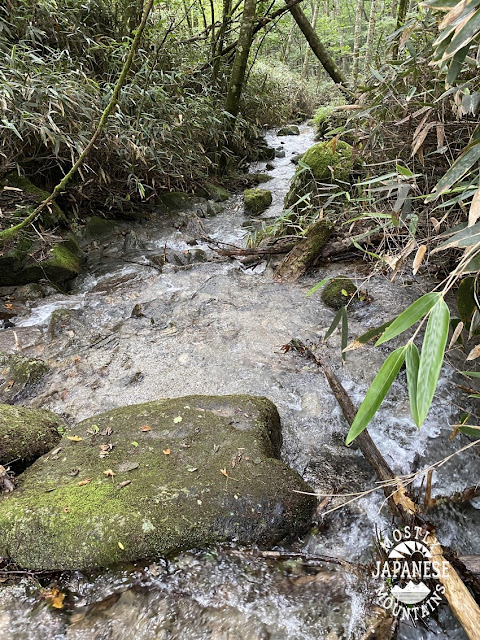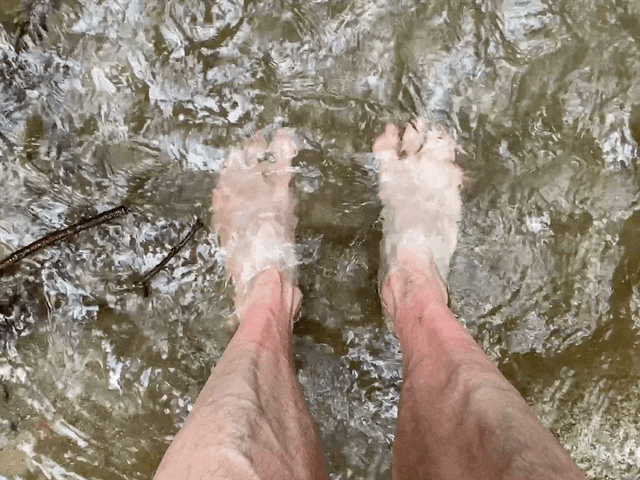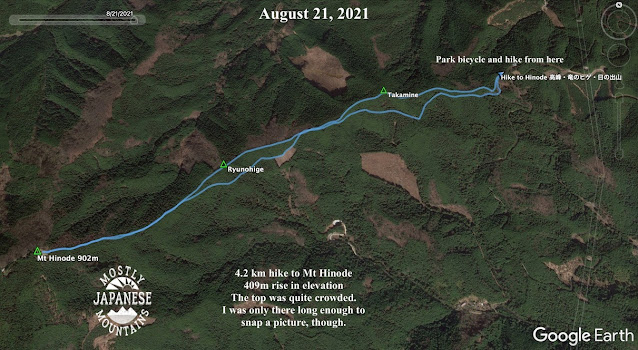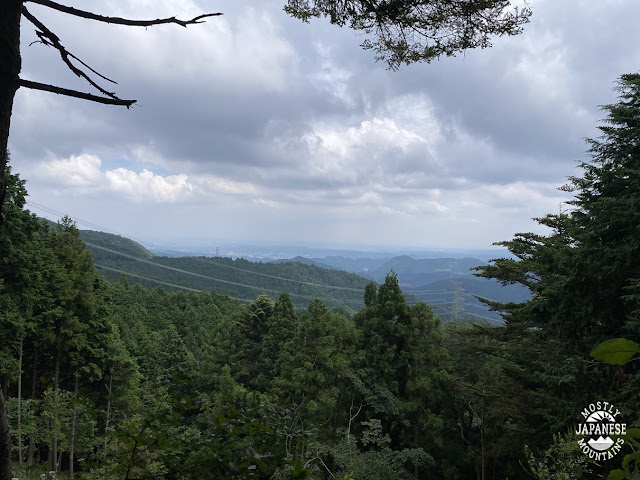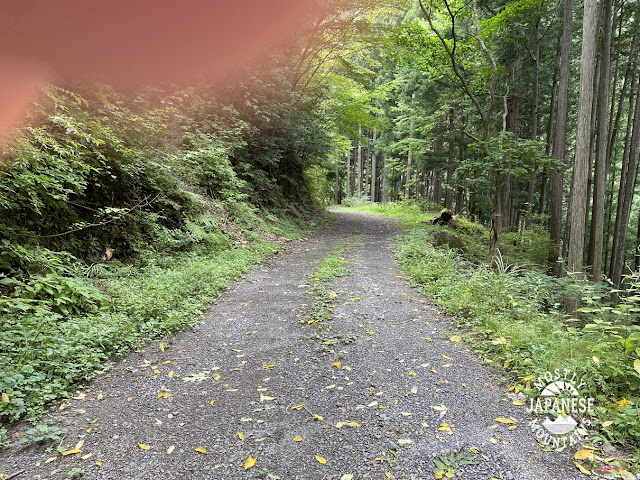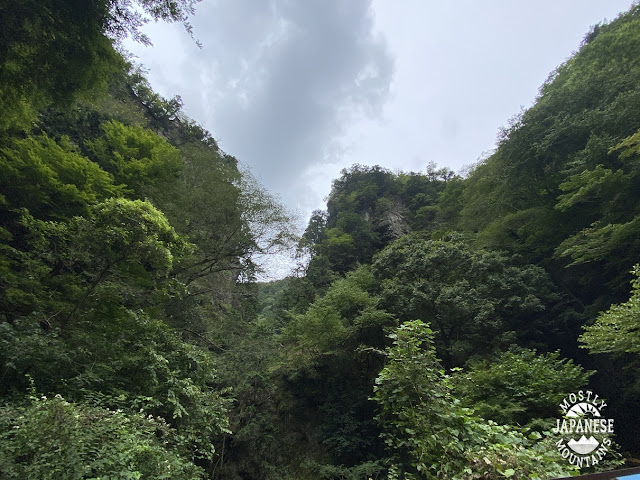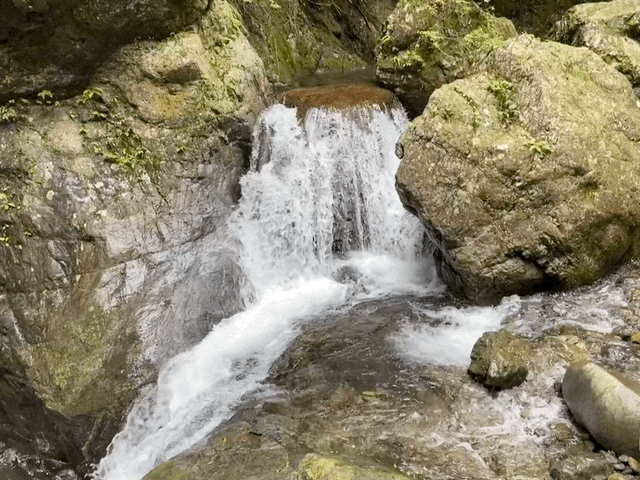Hey there you cave cats and cave chicks. Pull up a tree stump.
Yesterday I popped over to a corner of the Chichibu-Tama-Kai National Park (秩父多摩甲斐国立公園) between Koshu City in Yamanashi and Chichibu City in Saitama. It's an out-of-the-way area as far as hiking goes. There's really no public transportation nearby and it's an hour and a half or so by car from Okutama. It's a great place to be if you like deer more than people.
Some of the highlights of the area are Mt. Karisaka, ("Karisakarei"), Mt. Kasatori, Goindaira, and Ryubiyama. Hikers traversing from Mt. Kobushi ("Kobushigatake") in the west, to Mt. Kumotori in the east need to cover this ground.
I think Mt. Kasatori is my favorite of the aforementioned places. It looks cool from the bottom and the view from the top is spectacular. Hiking down from it has some of the most pleasant stream-side trails around. Near the bottom, you can see the origin of the Tama, Fuji and Arakawa Rivers.
Access to this area on the southside is off Route 411 in Koshu-shi. Nearby is the Ichinosekogen Campground. Also, there are some Minshuku around. If you want to stay on the mountains, there are huts on Karisaka https://karisakakoya.blogspot.com/ , near Kasatori tel +81553339888 and at the
Shogen Pass (将監小屋) tel +81553321044.
From the north, there are a few trails near the Futase Dam. I am not really acquainted with accomodations around there.
Today I came in from the south.
Bambi et al showed up today.
In sections like this where the bamboo grass is laying across the trail, it's a bit treacherous. The grass is very slippery and the trail is at a steep angle. I slipped more times than I care to remember.
This is the same section of trail with all that bamboo grass. I recall that it was miserable in snow, too. It is very slippery walking on the side of this steep hill and the only signs of the trail were deer tracks.
Hiking in July and August typically doesn't give you the long, clear views that you can get in other seasons, but the skies and mountains can still be beautiful.
The day's ultimate destination, Mt. Wanakura (AKA Mt. Shiroishi). Unfortunately, there is no view. The most photogenic thing at the top was my puss. Shudder.
Another deer. I think I saw about 10 this day. If you want to see deer in their natural habitat, Enzan can't be beat. Just watch out for hunters. They are trying to cull the herd. I heard one gunshot today.
This "peak" is on the map but there is no trail up to it and obviously nothing to see even if you make it up there.
This is what the terrain up there was like. Those rhododendrons were thicker than any jungle.
Giving the dogs a treat. "Who's been a good boy today?"



